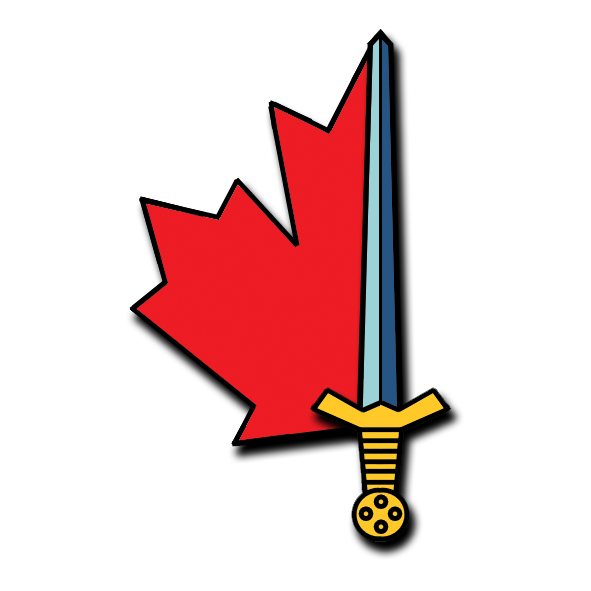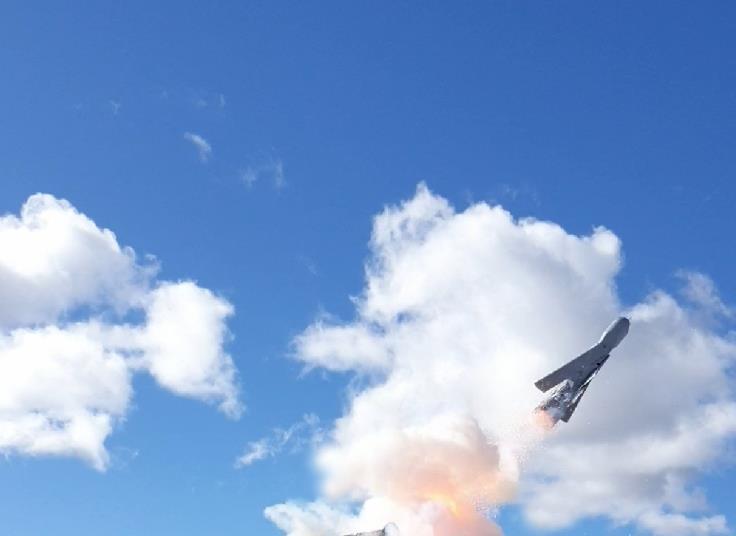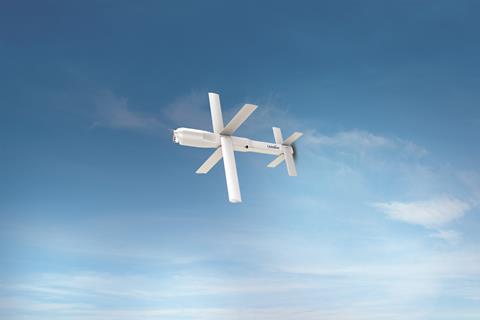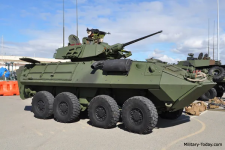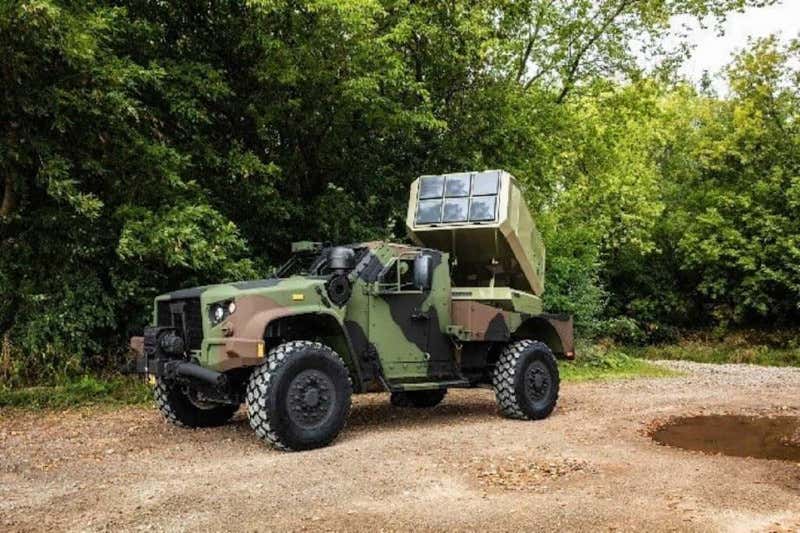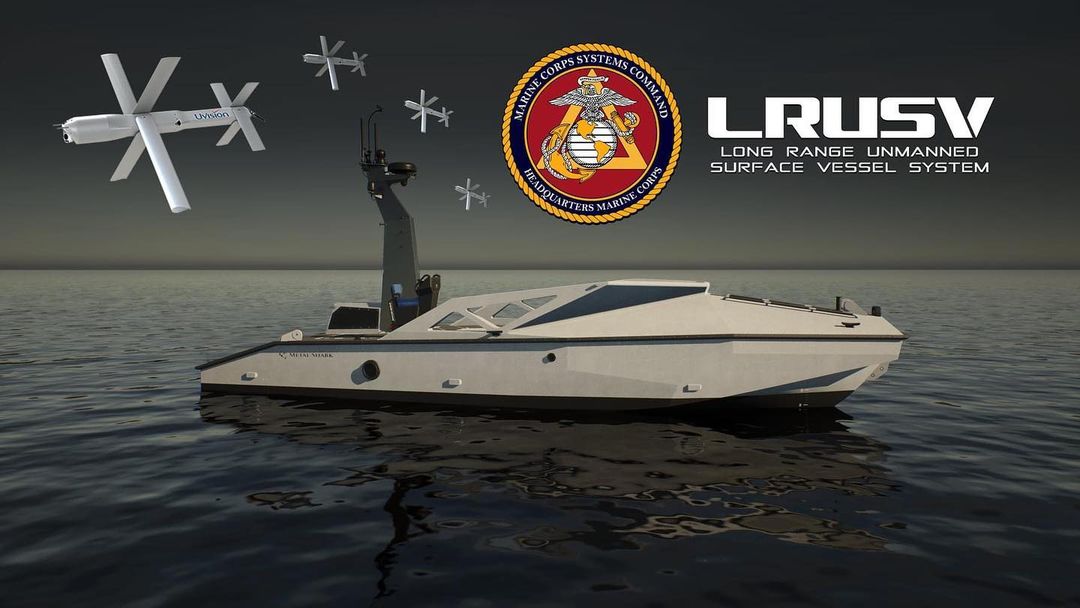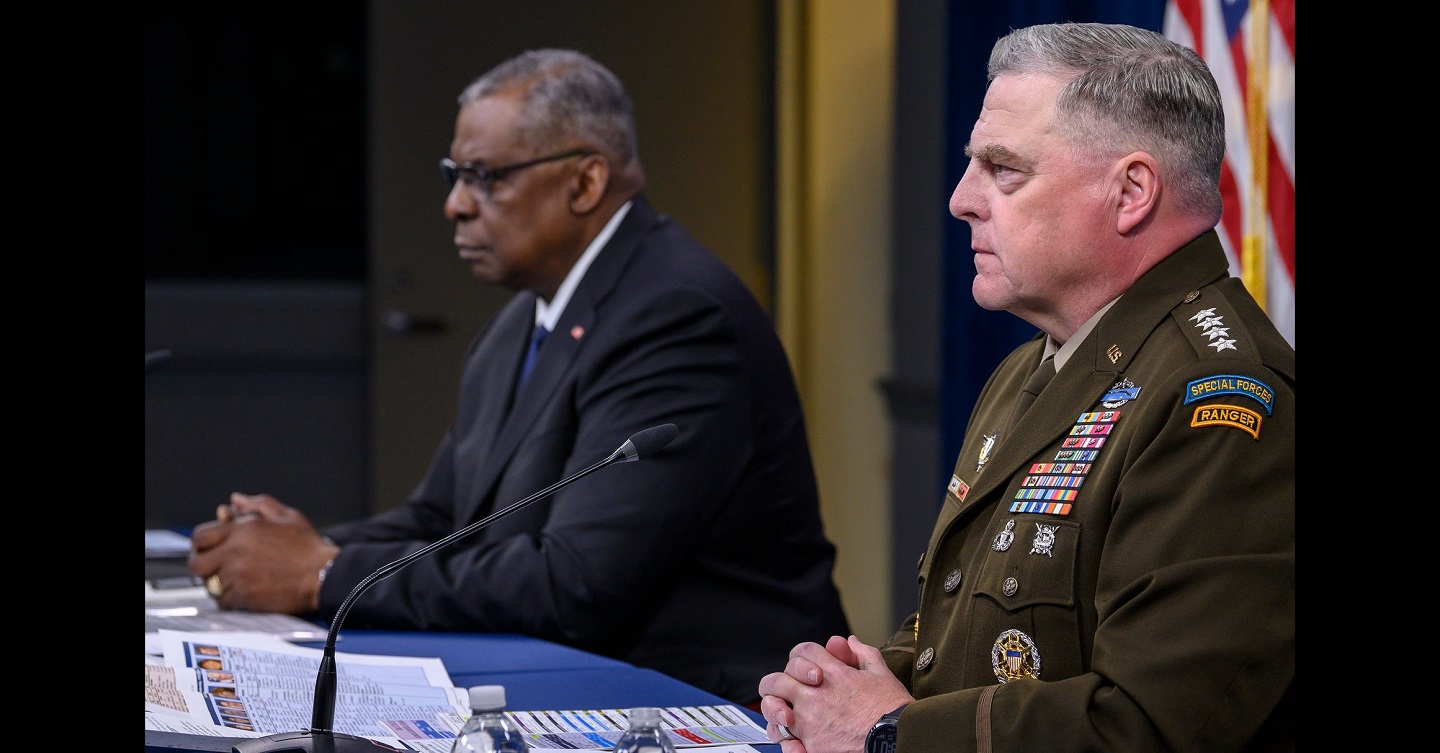2) They have a Sustainment brigade with three Force Support battalions and health services battalions over and above the service battalions in the three regular brigades;
Caution with direct comparisons as the Australian Army as some of their formations perform functions that the Canadian Army has seen migrated to other L1s.
In the case of the 17th Sustainment Brigade, I see it has three Force Support Battalions and three Medical Battalions. The Force Support Battalions appear to be 3rd line sustainment organizations, something in the CA that was moved from the CA to CJOC's CFJOSG. The Medical Bns in that sustainment brigade belong to MPC's Health Services Group.
My understanding, and certainly what the video states, is that that structure has changed.
You are correct. I asked my Australian Army colleagues and each Brigade has a mech bn with M113s (driven by Infantry), a motor bn with Bushmasters (driven by infantry), and an Armoured Regiment with 1x Tank and 2x Cav (recce) sqns.
Comments I got were that this set-up is terrible and is focused on battle groups but is over-generalized at the expense of effectiveness. If they actually need to fight a brigade, they have to build it from all three, which means in the Aussie structure the Brigade is essentially a force generator only. At least a CMBG is, nominally, organized on paper to fight as a whole (we'll ignore the awkward homeless light infantry battalion).
Apparently, my colleagues were saying there was a degree of dissatisfaction with their new set-up and there are already calls to revert back to the old asymmetric brigade principle as it provided the units with more focus. Grass is always greener on the other side of the fence I guess?
Yeah I question what we would do if and when we end up in another Afghan / Bosnia / what ever scenario where we need to rotate BG's in and out every six months if we aren't in a symmetrical structure. Is that more likely than 1 CMBG being required to fight as a Bde in Europe? I'd argue yes.
My belief is that if you have three of something, you have this covered. Say the CAF becomes fixed for an enduring mission that requires force X. Your asymmetric army only has 3 of X, and 9 of Y and Z. With a 6-month rotation, you have 1.5 years to adapt. With an 8-month rotation, you have 2 years.
Armies are more than capable of rerolling units for specific missions within that time. For example, the British Army set up a jungle warfare school in Malaya in the 1950s. Conscript battalions organized to fight the Soviets in Germany would rotate in and through the school (I can't recall if it was a 6 or a 12 week program) at the school - first half individual skills, second half collective training. If the flavour of the day demands force type X for a mission, then temporarily reroll force type Y for that mission. Once a force returns from its mission, it returns to its primary role/mission.


